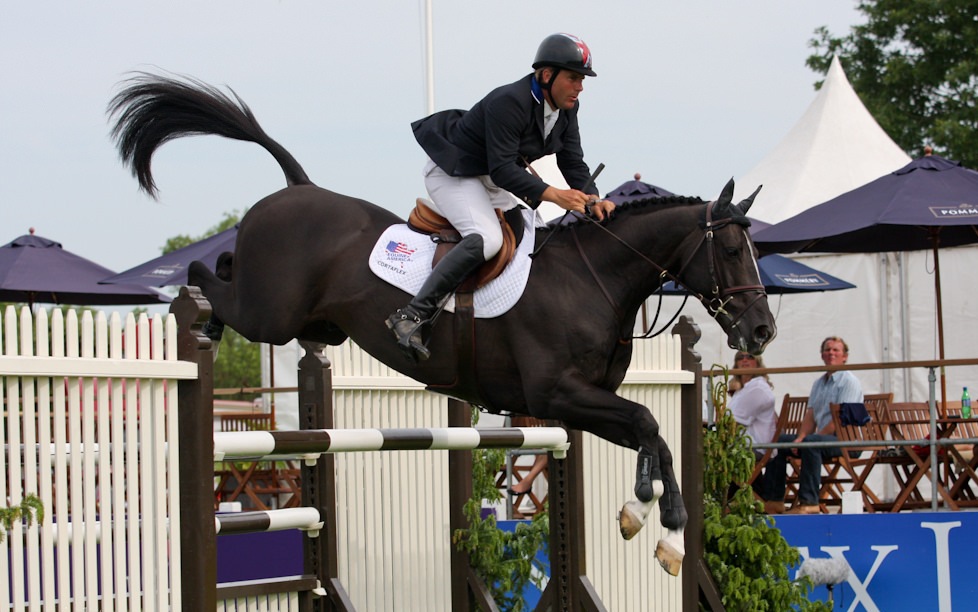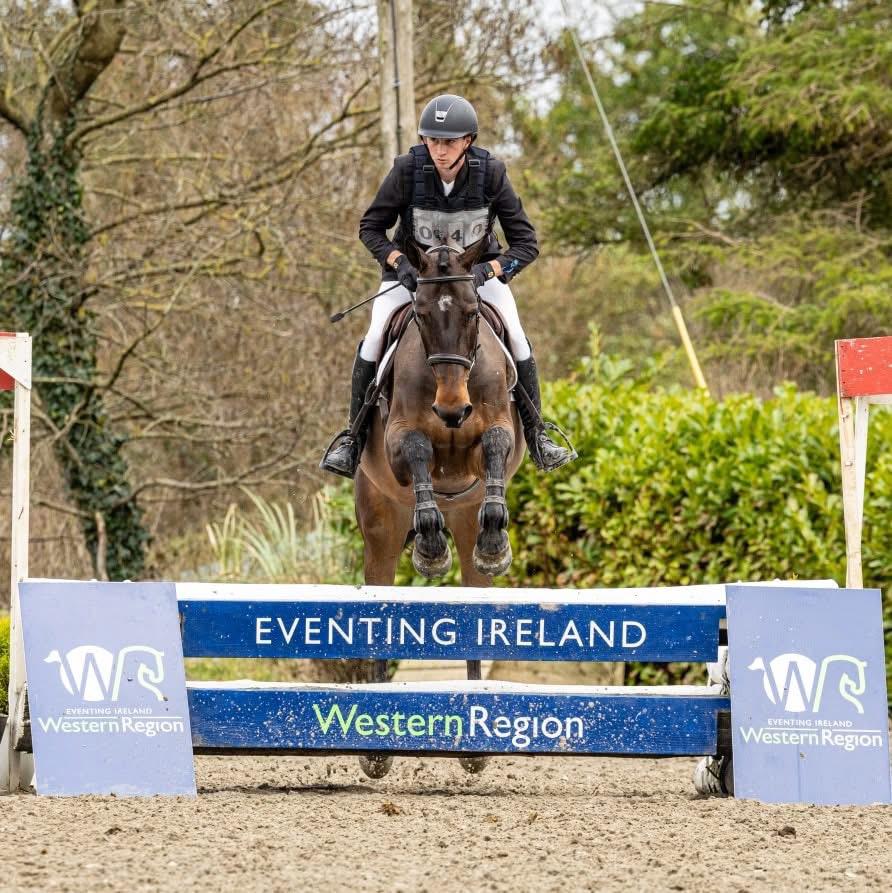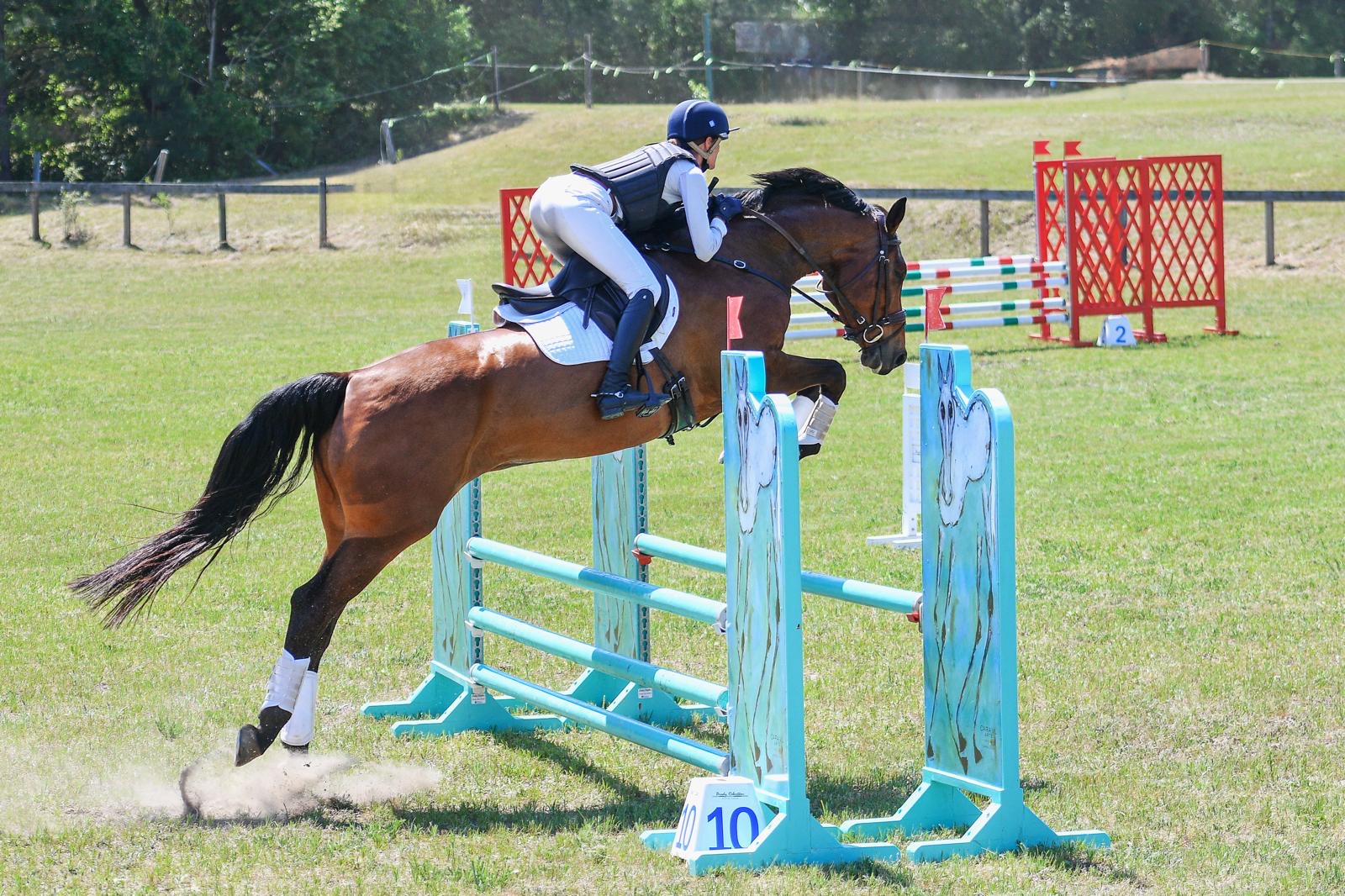Kate Chadderton is an Australian native who operates her competition and training business in Annapolis, MD and Aiken, SC. She’s back again to share weekly tips and advice with EN readers. Keep an eye out for a new tip each week from Kate!
Ask 10 different people, and you’ll get 10 different opinions about what qualities make a good event horse! And each of those 10 people are probably correct. Everyone chooses their preferences based on their experiences with what has and hasn’t worked for them in the past.
For example, if your first horse was a giant monster who ate up cross country for breakfast and scored 28 on the flat plus retired sound at the age of 25, then you probably favour giant monsters of horses! Conversely, if your first horse was a giant monster who was afraid even the tiniest jump, never put his head down and was lame 6 months of the year, then it would be a safe bet that your preferences would go more towards smaller, braver horses.
My first advanced/4 Star horse was 17hh and the kindest most genuine soul on the planet. I couldn’t have thought of a better horse to learn on, and to this day I rate heart and desire above any other trait. My next five or six advanced/4/5 Star horses varied in size from 15.2hh to 16.3hh, but again they all had a desire to please and a willingness to learn.
Conformation
This is the first and most obvious quality to look for in a horse. When you first arrive to see a horse that’s thing you see, the horse itself. A trained eye takes in the angles of the horses shoulder and feet, the length of cannon bones and pasterns, the way the neck is set on, the back, etc. etc.
These measurements are important previews of both a horses ability and soundness. For example a horse with a long back will likely have a more difficult time with collection while a horse with crooked looks can be more prone to soundness issues due to increased pressure on their joints and ligaments.
Breeding

Billy Congo, one of the Billy Stud’s top stallions, is by the AES & Irish Horse Board Approved stallion Vechta, who is by the famous sire Voltaire. Photo by Samantha Lamb, courtesy of The Billy Stud.
I find bloodlines pretty interesting, I love seeing what characteristics are passed down thru to progeny. I personally love Thoroughbreds, but there are particular lines which are more suitable for eventing than others. I also love Hanoverians, again some sires (and dams) throw more suitable eventers than others.
I’m a big believer that you need a good jump and a good gallop on a horse for the higher levels, after all two thirds of eventing is jumping! Regardless of the level you ride, I think it’s a great idea to familiarise yourself with your horses lines and perhaps also identify relatives, even just for fun!
The mare is a super important, not only does she provide half of the genetics, she also imprints the foal with temperament characteristics. She’s the first trainer of a foal, so will have a big influence.
Soundness
Soundness in an event horse is huge. Without a sound horse, you don’t have a horse! Going back to conformation, you can give yourself a better shot by choosing a horse with strong, straight legs. Environmental factors have a big influence, how the horse grows up, what he does work wise.
I’m happy to see a horse who starts young with a gradually increasing workload. That helps develop the bones and ligaments. Too much too soon is bad, as is too little!
There is a hereditary component to soundness, although I’ve found that to be limited and worth only a very brief consideration. There are many preferences and ‘forgiven’ sins in horse soundness, but a pre-purchase exam will HELP with information that gives you an idea of a horses soundness. I respect veterinary exams but also use horsemanship and experience to balance them out. There are plenty of horses out there who ‘fail’ their exams but are very much suitable for their intended job.
Heart

Kate Chadderton and VS McCuan Civil Liberty at the 2015 Blenheim Palace CCI3* Photo by Shannon Brinkman.
For me this is the single most important part of a horse! A horse with a big, kind heart will do anything for you with the correct training! Heart trumps all the other areas when looking for a suitable horse. How do you predict that? It’s hard just with one look at a horse.
Their eye can definitely provide a preview, you’re looking for a soft, kind, intelligent look. But you won’t really know about heart until you’re galloping at a difficult fence and you feel the horse size up the situation and rise to the challenge! Heart makes up for all other faults a horse could have (in my opinion!)
Relationship
Relationship is right behind heart for me. We’ve all seen that tiny horse jumping around Badminton defying gravity. They’re running off heart and their relationship with their rider. And that same horse probably wouldn’t make it past novice with anyone else! Relationships with horses are generally built thru shared experiences where you’re both up for an adventure! Like minded individuals looking in the same direction. This is probably my favourite part of training and competing, discovering a horses personality and developing a relationship.
At the end of the day you have to trust your gut feeling, just like with human relationships. I’ve had perfectly proportioned horses with clean vettings, who had no heart and didn’t make it. Picking a horse is like picking a friend, sometimes you choose them, sometimes they choose you! But it takes all types, so go for the horse YOU love!























